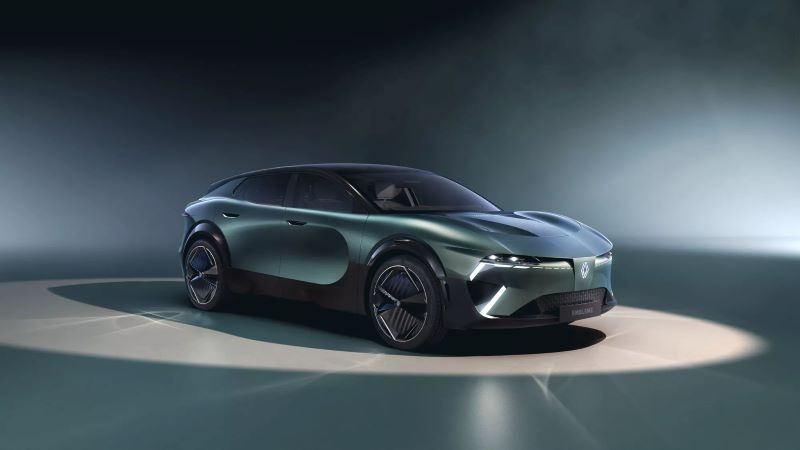
Renault Emblème developed to maximise decarbonisation throughout life cycle
London, October 04, 2024, (Oilandgaspress) ––––Decarbonising mobility is a key objective in the fight against climate change. For an automotive company such as Renault Group, it involves addressing a number of challenges relating to industry, energy, technology, supply, speed, and so on. To achieve net zero carbon by 2040 in Europe and 2050 worldwide, in line with its targets, the company needs to revolutionise the way it designs and builds its vehicles.
This approach is demonstrated by Renault Emblème displayed by the brand on its stand at the Paris Motor Show from 14 to 20 October. This vision of a family vehicle is a laboratory showcasing the innovations developed by Renault, Ampere and their partners to meet these requirements.
The main challenge of this landmark project lies in the extent to which decarbonisation has been maximised across the entire life cycle of the vehicle, from cradle to grave. Following on from the Scenic Vision H2-Tech concept in 2022,

Renault Emblème takes the approach one step further, slashing greenhouse gas (CO2 eq.) emissions by 90%, compared with an equivalent vehicle built today; to produce just 5 tonnes of CO2 eq. from cradle to grave (see methodology section at the end of the press release).
To achieve this, the project explored a multitude of intelligent, credible and viable combinations: recycled materials with a low carbon footprint, natural materials, production processes relying entirely on renewable energy, general implementation of re-used parts and circularity, etc. The same was true of the technical choices, including the powertrain.

Efficiency at the heart of Renault’s new design language
Renault Emblème symbolises a new holistic approach to vehicle design. Its exterior design blends sportiness, elegance and emotion through sensual curves and graphic, technical character lines, creating an ultra-desirable object. The design is also the result of meticulous optimisation of aerodynamics, designed for efficiency through a more sustainable approach without compromising on aesthetics. On Renault Emblème, for example, the exterior rearview mirror is replaced by two cameras integrated into the wheel arches, with windscreen wipers concealed under the bonnet and e-latch handles recessed into the bodywork. Two fins on the bonnet and two air vents on the bumper channel the airflow towards the windscreen and behind the wheels, respectively. The wheels are full disc, in order to conduct the air flow along the body. The F1-inspired flat-bottom design is enhanced by an active diffuser, which tilts downwards and to the rear to balance the airflow and minimise aerodynamic drag.
The design was fine-tuned using digital twin technology and state-of-the-art digital simulation equipment provided by the BWT Alpine F1 Team, as part of a fruitful collaboration between Renault and Ampere. By pooling their expertise, they were able to optimise passive and active aerodynamics for efficient air penetration. Renault Emblème has a very good Cx of 0.25.
Information Source: Read Press Release
Oil and gas press covers, Energy Monitor, Climate, Renewable, Wind, Biomass, Sustainability, Oil Price, LPG, Solar, Marine, Aviation, Fuel, Hydrogen, Electric ,EV, Gas,

